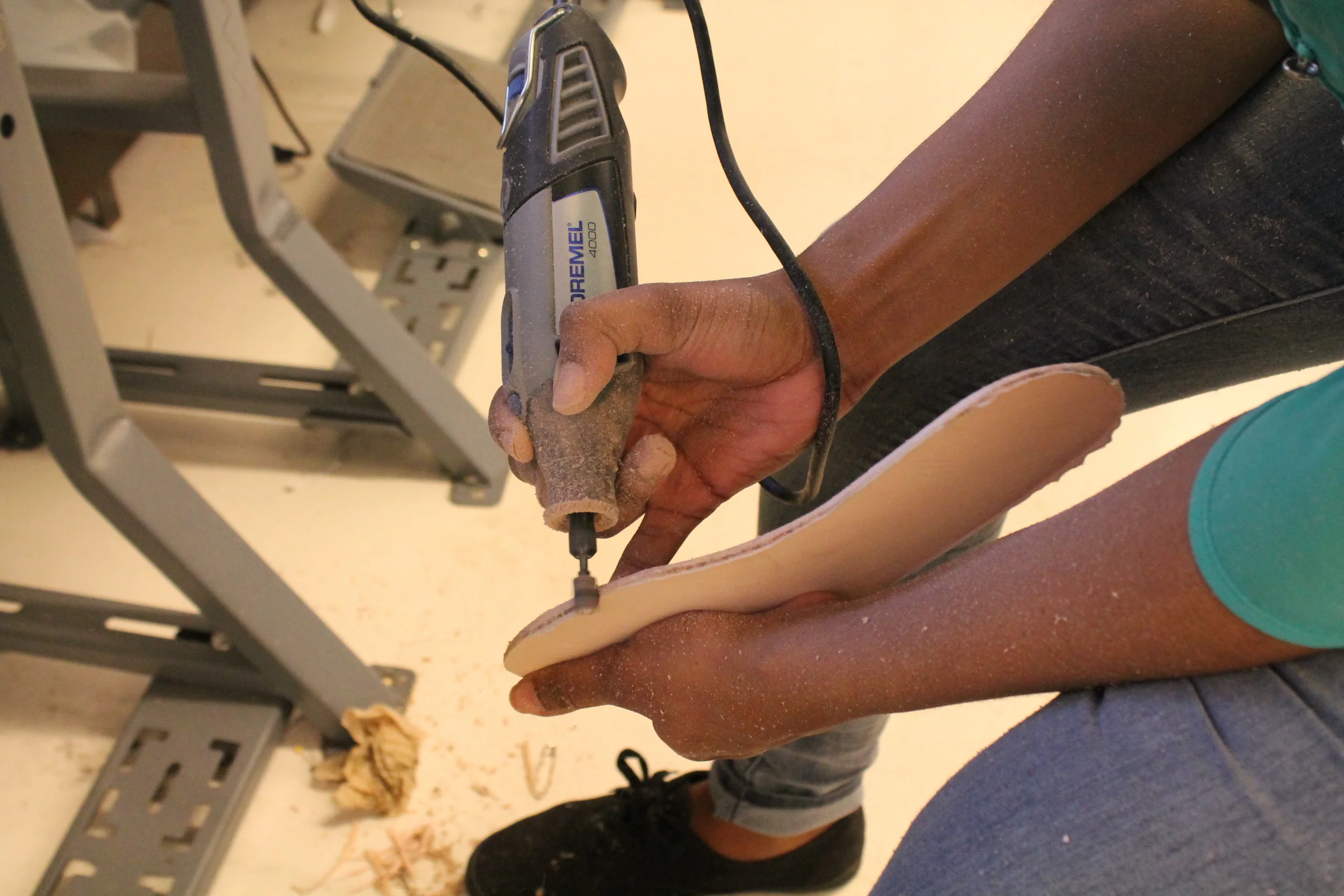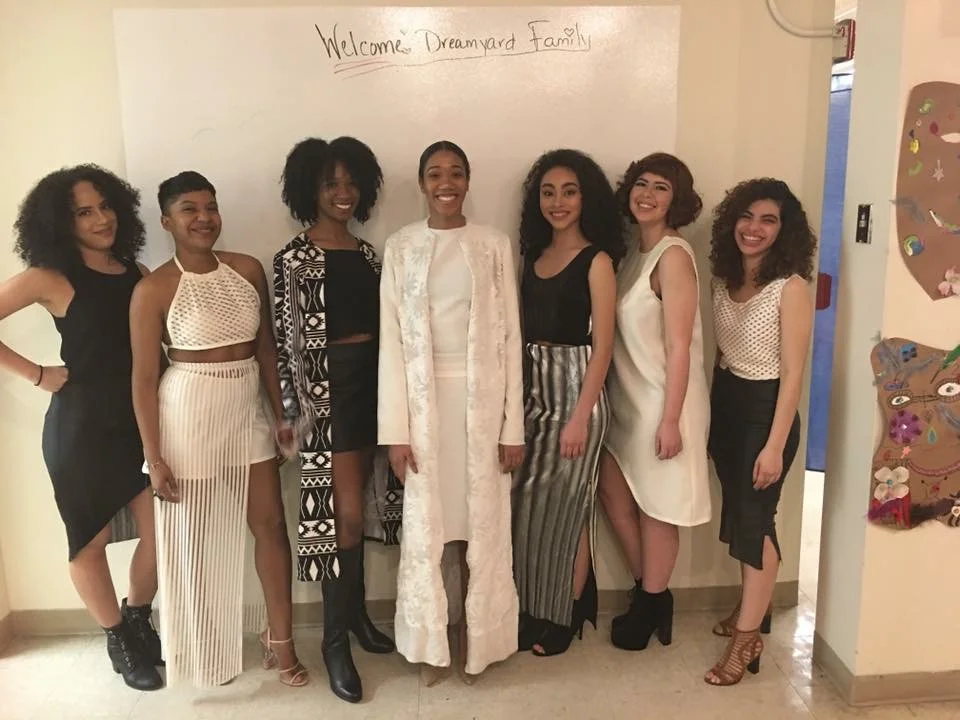User-Centered Design: Listening to Little Voices
In the heart of every child is a universe of thoughts, dreams, and perspectives waiting to be heard and understood. As designers, especially in the realm of children's products, embracing an empathetic, motherly approach to our craft is not just beneficial – it's essential. User-centered design in this context goes beyond mere aesthetics or functionality; it's about tuning into the 'little voices' – our smallest users – and letting their needs and imaginations guide our creative process.
User-centered design is a compass that guides us to create products that resonate deeply with our young audience. It involves observing, listening, and understanding children – not just as users but as individuals with unique preferences, abilities, and ways of experiencing the world. This approach transforms the design process from a one-way street into a vibrant dialogue, where children's feedback becomes the key ingredient in crafting meaningful and engaging products.
Imagine a world where every product a child encounters is a result of genuine empathy – where each toy, book, or educational tool is crafted with an understanding of the joys and challenges of childhood. This empathy allows us as designers to step into the shoes of our young users, seeing the world through their eyes, and in turn, creating products that truly align with their world.
In user-centered design for children, listening is an art. It's not just about gathering feedback but about understanding the underlying needs and emotions expressed. Whether it's through play-testing sessions, observing children in their natural environments, or engaging in creative dialogues with them, every interaction is an opportunity to glean insights that can inspire and inform our designs.
Involving children directly in the design process can be incredibly enlightening. Co-design sessions, where children are given the tools and freedom to express their ideas, can lead to innovative designs that truly resonate with them. This collaborative approach not only yields better products but also empowers children, giving them a sense of ownership and pride in the final creations.
Children's worlds are wonderfully diverse, and our designs should reflect this diversity. This means considering various aspects such as age, developmental stages, abilities, cultural backgrounds, and learning styles. By embracing this diversity, we can create inclusive products that cater to a wider range of needs and preferences, making every child feel valued and included.
As we continue to navigate the ever-evolving landscape of children's product design, let us always keep the 'little voices' at the heart of our creative endeavors. By listening with empathy, involving them in our processes, and embracing their diversity, we can create not just products, but experiences that enrich their lives, foster their development, and bring joy to their world. In the end, the greatest reward for a designer is seeing a child's eyes light up with wonder and delight, knowing that their voices were heard and honored.









